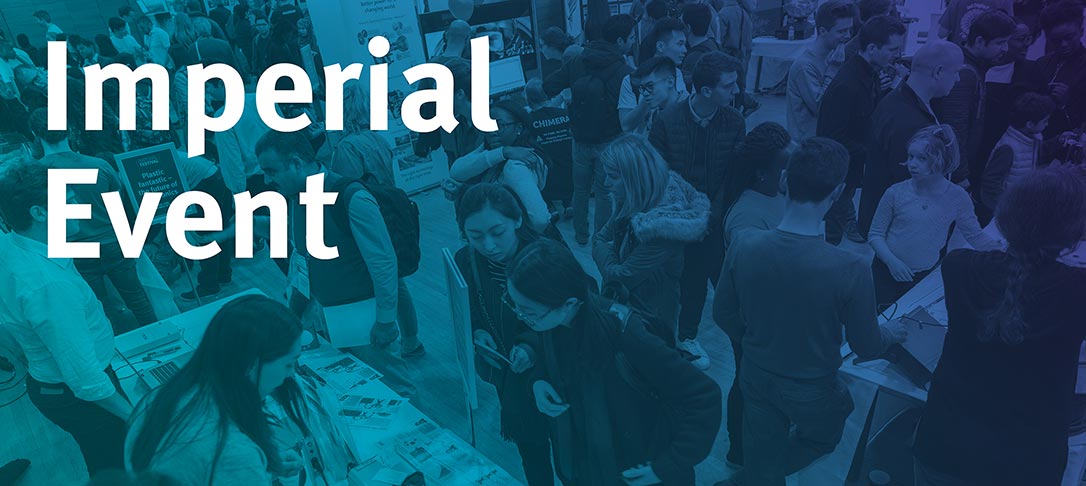
Seminar title:
Histotripsy: A focused ultrasound therapy for more than just tissue ablation
Seminar abstract:
Ablation is among the primary tools employed by interventionalists to render tissue biologically inert. In an effort to reduce the morbidity of current ablative therapies, the development of minimally or noninvasive approaches is an active area of research. One such approach is histotripsy, a focused ultrasound therapy that can target tissue at depth without the need for any surgical incision. Unlike other forms of ablation, histotripsy does not rely on heating or freezing for tissue destruction. Rather, short ultrasound pulses (~ 1 – 20 µs duration) are applied that cause the tissue to undergo a first-order phase transformation into a bubbly media. The mechanical bubble action imparts lethal strain to the tissue, reducing its cellular components to a liquefied state. While ablation is the most common mechanism of action investigated for histotripsy, recent studies have noted its capacity to enhance the delivery of therapeutic drugs, and promote an innate immune response. This synergistic interaction opens up the possibility for a combination therapy approach to treat both the cellular and extracellular structure of pathologies.
In this talk, we will discuss the relative contributions of ablation and drug activity for two primary targets of histotripsy: deep vein thrombosis and neuroblastoma. The role of bubble activity to promote these mechanisms, and the relationship between ablation, drug activity, and overall treatment efficacy will be outlined. Further, the immediate tissue effects outside the targeted regions will be reviewed. Finally, appropriate markers for gauging the degree of bubble activity in relation to the desired treatment outcome will be outlined. Together, these data will help to outline the current state-of-the-field for histotripsy technology, and what challenges still remain as it transitions into clinical use.
Speaker biography:
 Born in the hill country of southwest Indiana, Kenneth attended Grand Valley State University majoring in physics and minored in mathematics. He obtained a Ph.D. in physics at the University of Mississippi, and completed a postdoctoral fellowship in the department of internal medicine at the University of Cincinnati.
Born in the hill country of southwest Indiana, Kenneth attended Grand Valley State University majoring in physics and minored in mathematics. He obtained a Ph.D. in physics at the University of Mississippi, and completed a postdoctoral fellowship in the department of internal medicine at the University of Cincinnati.
Kenneth is now an Assistant Professor within the Department of Radiology at the University of Chicago, and holds a secondary appointment in the Committee on Medical Physics. He teaches courses at the graduate level, and serves as the Chair of the Graduate Program in Medical Physics Diversity Committee. Kenneth is a member of the IEEE, Acoustical Society of America (ASA), and American Institute of Ultrasound in Medicine (AIUM). He serves on the Bioeffects Committee for the AIUM and on the Biomedical Acoustic Technical Committee and the Standards Committee for the ASA.